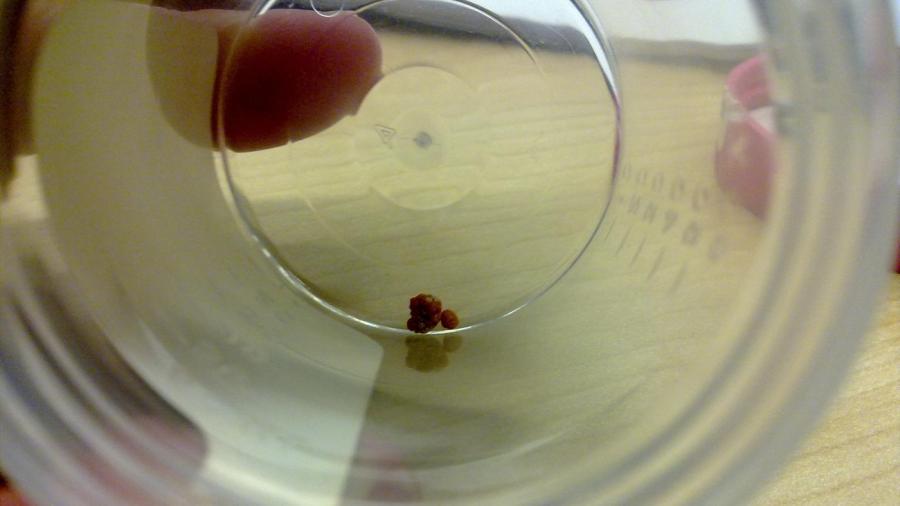How Big Is a 7 Millimeter Kidney Stone?

A 7 millimeter kidney stone is considered fairly small. It can probably pass naturally by drinking extra fluids. Otherwise, it can be broken up with shock wave lithotripsy, which is a non-invasive procedure.
Kidney stones form from chemicals in the urine. Risk factors include not drinking enough fluids, being overweight and having a regular diet too rich in sodium and proteins. Some medicines also increase the risk of kidney stones. People more likely to get kidney stones include those with genetic predispositions, frequent urinary tract infections, insulin resistance, digestive diseases, surgery and certain other medical conditions. Men between the ages of 30 and 50 and postmenopausal women with low estrogen levels are particularly susceptible.
Symptoms of kidney stones include severe pain, dark or bad-smelling urine, nausea, vomiting, frequent urination and possibly fever. Small kidney stones can be self-treated at home by drinking plenty of liquids and using over-the-counter pain medications. Larger stones, however, need professional help to remove. Ureteroscopy involves a small flexible tube inserted into the bladder to remove the stone. In percutaneous nephrolithotomy, an incision is made in the back, and instruments are inserted to find and remove the stone. In rare cases, kidney stones are so large that open surgery is required. According to Guinness World Records, a man from India had a stone removed from his left kidney that was 13 centimeters or 5.11 inches long.





